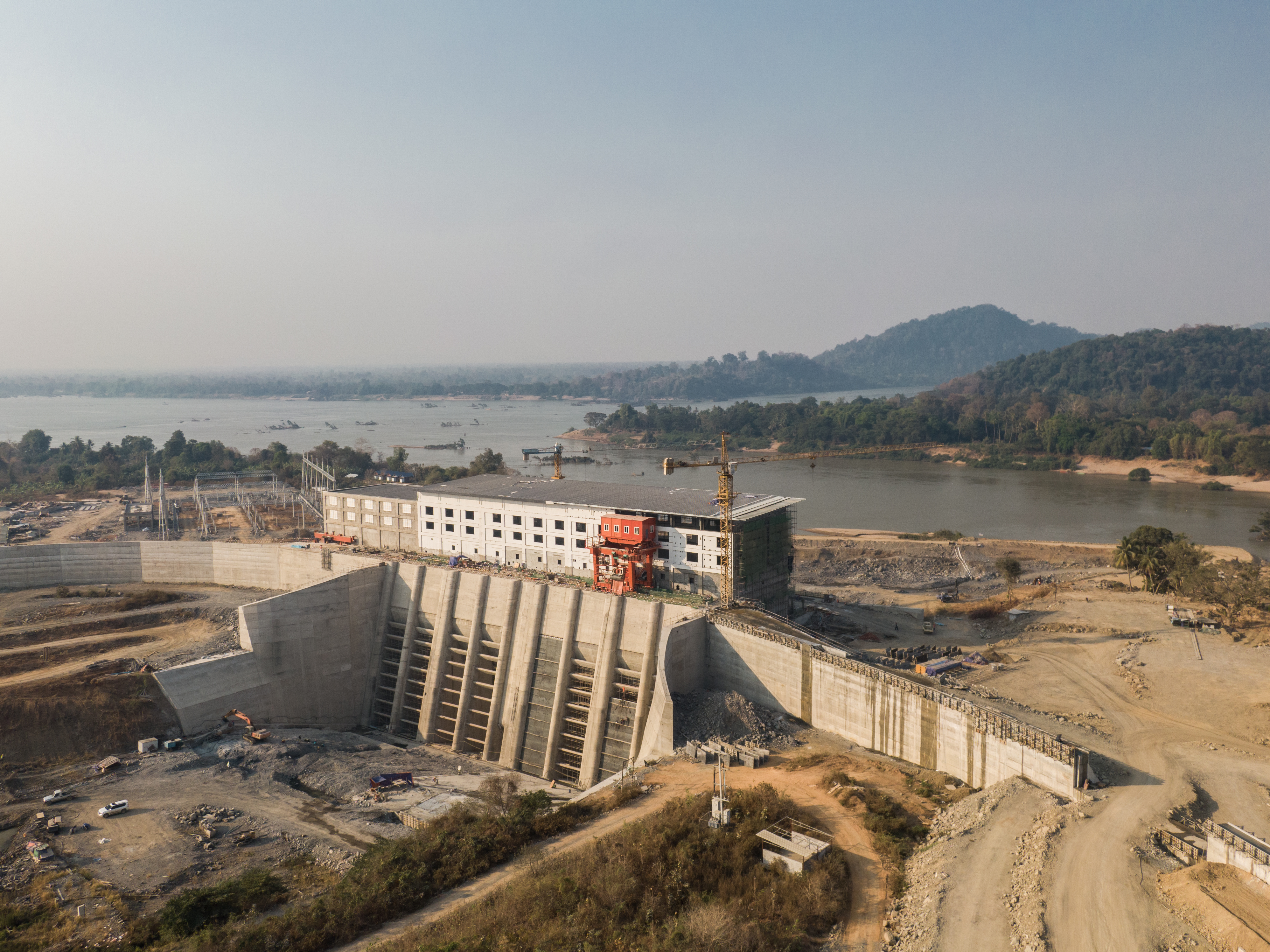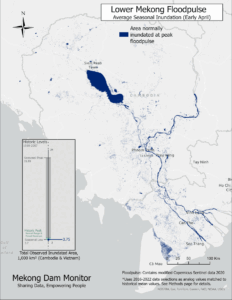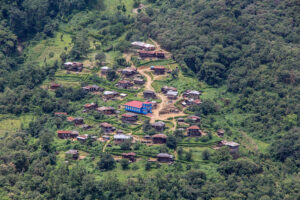Until the onset of major dam construction in the higher elevations of the Mekong basin, its lower, broader reaches constituted the world’s largest inland freshwater fishery and the mainstay for the employment, food security and nutrition for 60 or more million people. Tragically, over both of the last two May-October wet seasons, the mainstream experienced unprecedented low flows. In both years the normally reliable “flood pulse” was insufficient to meaningfully reverse the flow of Cambodia’s Tonle Sap River to into its Great Lake, the “beating heart” of the fishery whose annual catch is directly proportional to its volume during the flood season.
China inevitably has become a major focus of concern about extreme drought in the lower half of the river because of its construction of a massive cascade of 11 large to mega-sized dams on the Upper Mekong, which it calls the Lancang Jiang (“turbulent river”), and an almost total lack of transparency about how these dams are being operated.
The reservoir of largest of the dams in the Lancang, the 261.5-metre-high Nuozhadu dam, can hold 22 cubic kilometres of water — as much as the other 10 dams combined. Nuozhadu acts as a huge storage tank with a “tap” that can control the flow of water to the Jinghong dam, the lowest dam in the cascade, which is the “faucet”, that controls the flow to the lower half of the river.
Read the full article in the Bangkok Post
Read in French, translated by the Institut du Pacifique in Paris.




